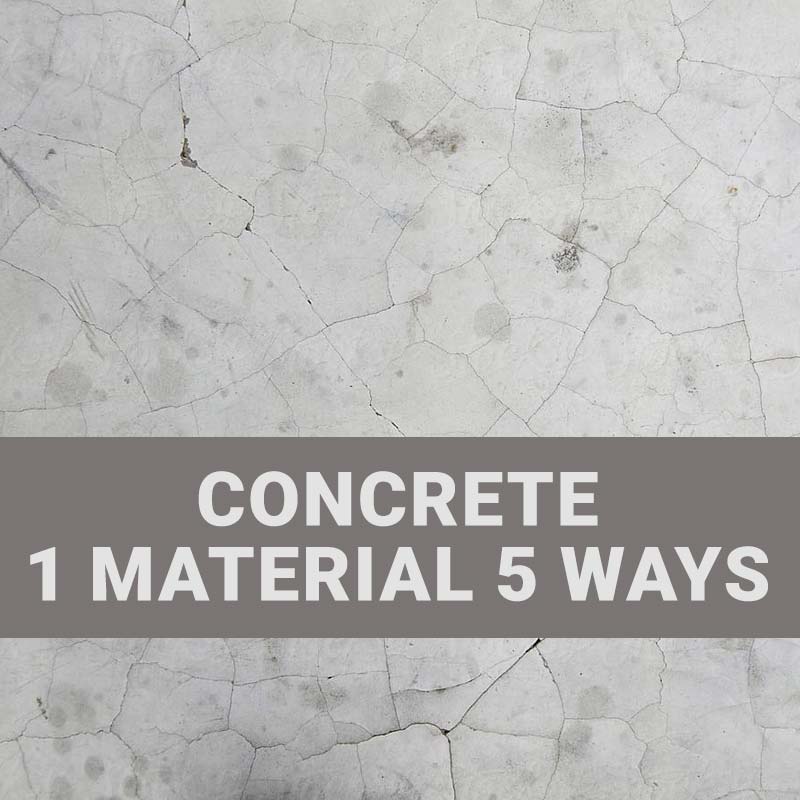
Choosing materials for interior decor can be overwhelming sometimes. There are many ways to use one material that will meet all your interior design requirements. Concrete is one of the materials. It is a versatile element that can be a part of every corner of your house. You can incorporate concrete in your house to achieve a modern, rustic or cozy look.
It's a textural material that will add more character and warmth to your house. Concrete when used with other materials like wood, metals or glass, provides rich contrast of colors and texture. If you're curious about how to use concrete for a touch of neutral grey shades to your rooms, you've come to the right place.
Here are five different ways in which concrete can be used:
Concrete floors: Concrete is a versatile material that can be used for flooring purposes. It is a trendy and popular choice for homeowners looking to achieve a minimal, rustic or modern look. It is a great alternative for other flooring materials such as wood, tile, carpet, etc. There are many added benefits of using concrete for floors including factors such as: it is pet friendly, reduces allergens and bacteria that might grow, free of volatile organic compounds (VOCs) and has unlimited creative design options. Using a single material for all the rooms of the house adds a sense of harmony. Concrete floors are very easy to install and are highly durable. It is impermeable so you don't have to worry about spillage and scratches. When mixed with other flooring materials, concrete will provide you with interesting effects. You can choose quartz sand epoxy, stained
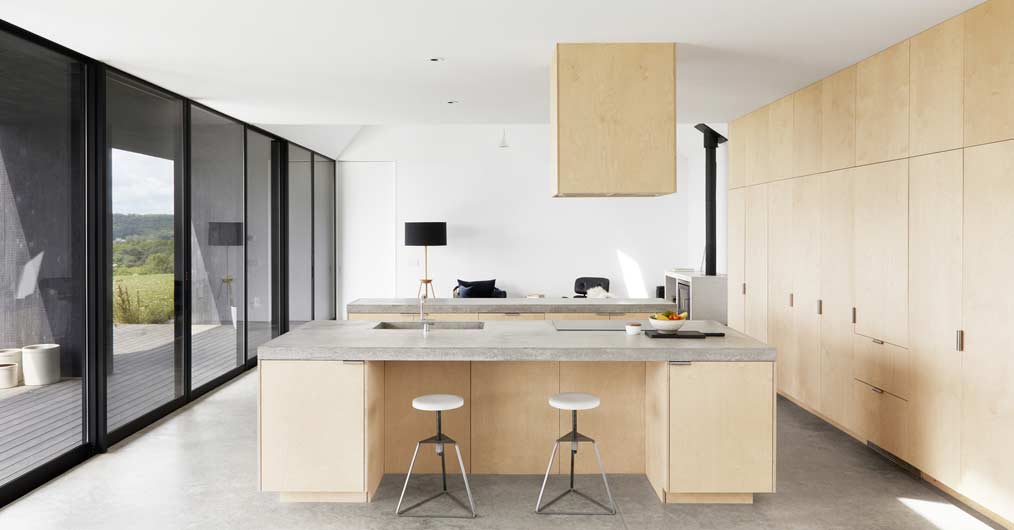
concrete floors, polished or patterned concrete floors to enhance the beauty of your house.
Accent walls: Have you ever tried leaving your concrete wall the way it is with some added finish? It will radiate an edgy and unique look. You will get the freedom to decorate the wall however you want. Accent walls made with concrete will help you to achieve the rugged style. You can add a bit of edgy look by creating an exposed concrete ceiling or column. Concrete walls are a great alternative for tiles. Concrete also protects the walls from moisture in wet spaces like bathrooms. It is a smart way to create a spa-like, waterproof wall. You can use it all over the walls and floors for a seamless look or install it in targeted areas.
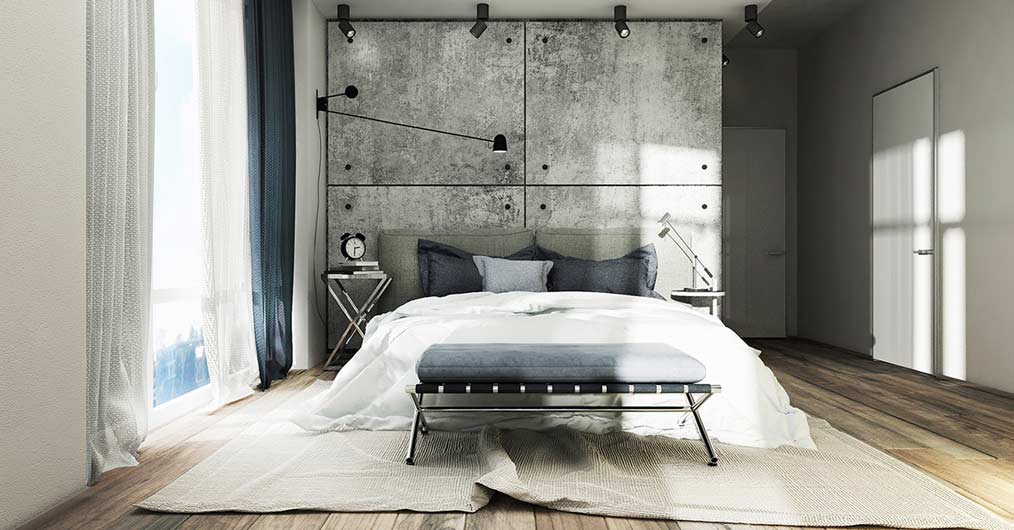
Kitchen countertops: The concrete's sturdiness comes in handy in a lot of areas, including the kitchen. Countertops made of concrete can easily withstand all kinds of scratches and dents. It is also stain proof and requires less maintenance. The surface can be cleaned with a wet wipe. Concrete tops can be designed to form beautiful patterns. Concrete is a sleek option for modern kitchens. Use light grey concrete and pair it with brass cabinet hardware to create a warm style. Concrete will never make you feel overwhelmed so you can easily use it wherever you want to. A waterfall edge for a dining table or kitchen countertops looks contrasting against the floor.
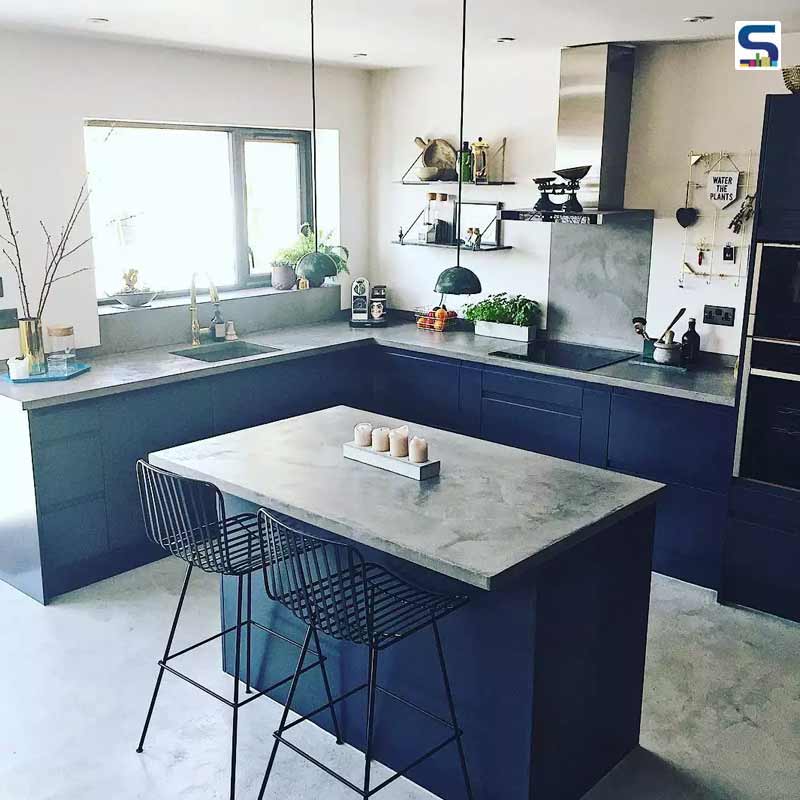
Furniture and art: Concrete has been a part of the contemporary, modern world for a long time. Be it a coffee table or a dining table, it can be used in a lot of different ways. Concrete goes well with a leather or canvas sofa, with gold or brass complements. If you wish to add more colour, choose a bright rug or carpet. For outdoor furniture like tables and stools, concrete is a great option. It can withstand harsh weather conditions. Some lighting fixtures are made of concrete and add a touch of rustic, minimal feel. It can also be used to form a creative lamp base. When it comes to shelving, concrete provides innovative designs. For an architectural twist use island pendant lights with stone countertops. You can form sculptures or candle stands with concrete. Make a flower vase with extra concrete material and it can act as a statement piece for your room. Stools can be made for both interior and exterior purposes. Concrete is always good for adding a bit of texture to a soft room.
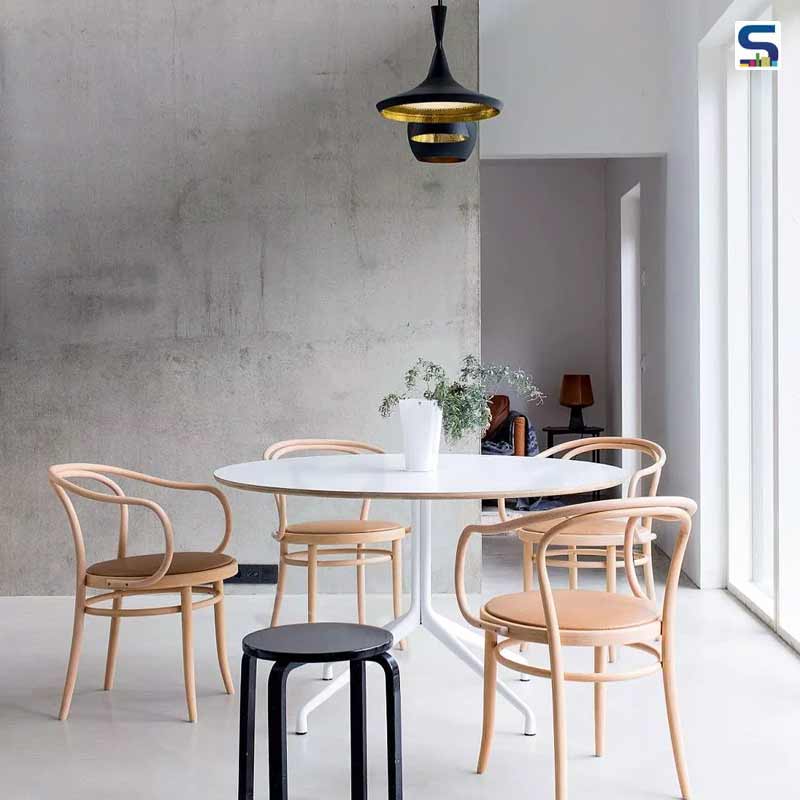
Vanities and sinks: Concrete's versatile and strong nature is perfect for a lot of surfaces. It can be used in many ways for your sinks or vanities. You can use the concrete to mix a sink with the vanity. Floating concrete sinks radiate a luxurious, minimal feel. It looks open and airy even though the use of a heavy material is involved. For more subtle touches of concrete in the bathroom, use a concrete top with a vessel sink. The combination of the rugged surface against white porcelain brings out a balance and complements the room. Other combinations include, wood and concrete, rustic colours with concrete, etc.
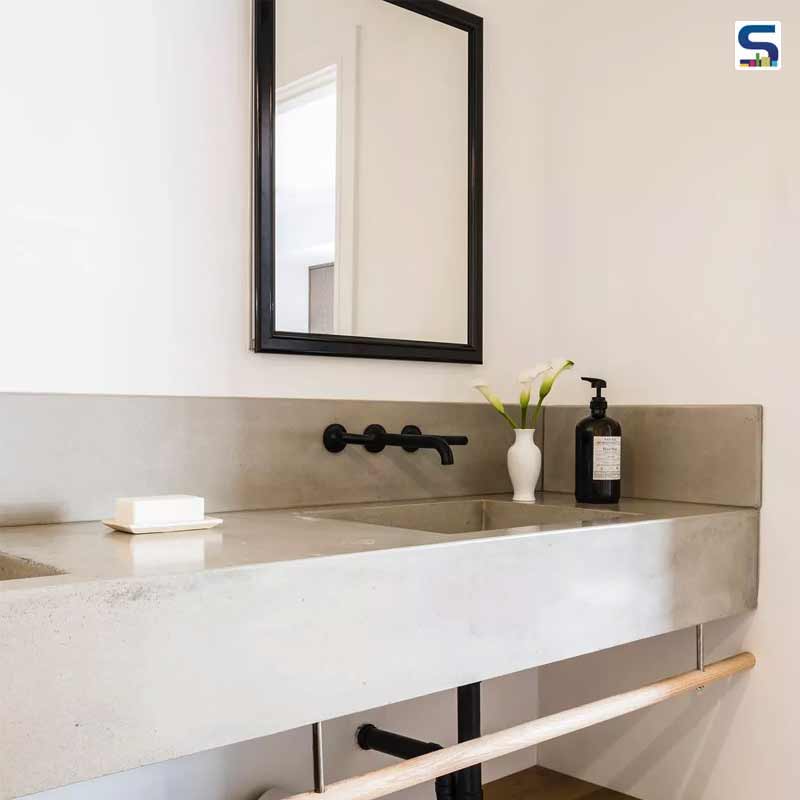
From kitchen countertops to vanities, cement adds a luxurious grey appeal to your house. It is such a trendy and versatile material for interior decor.